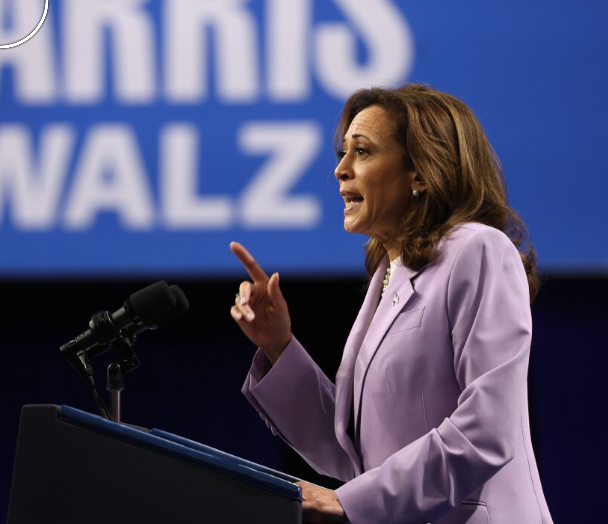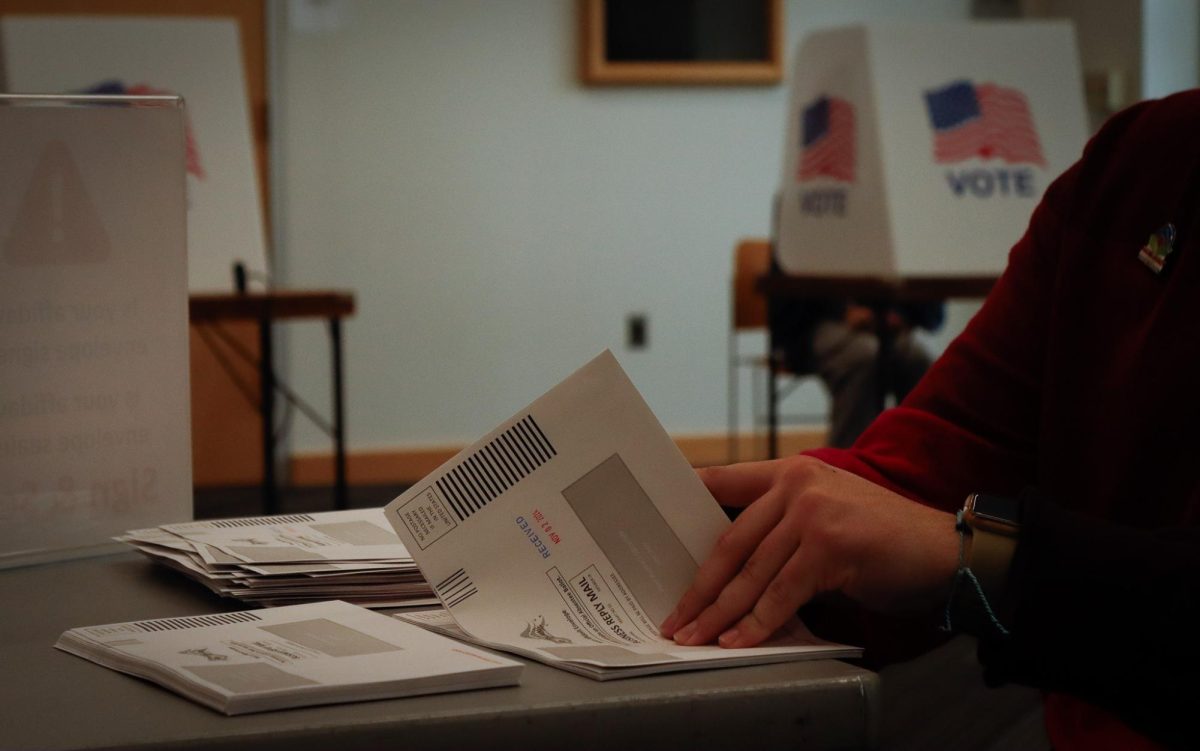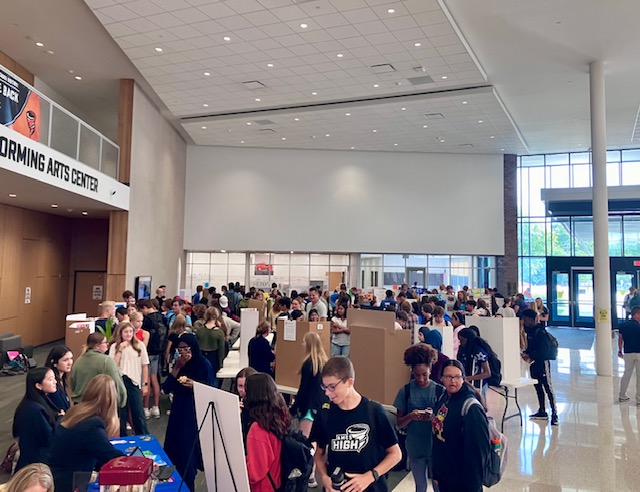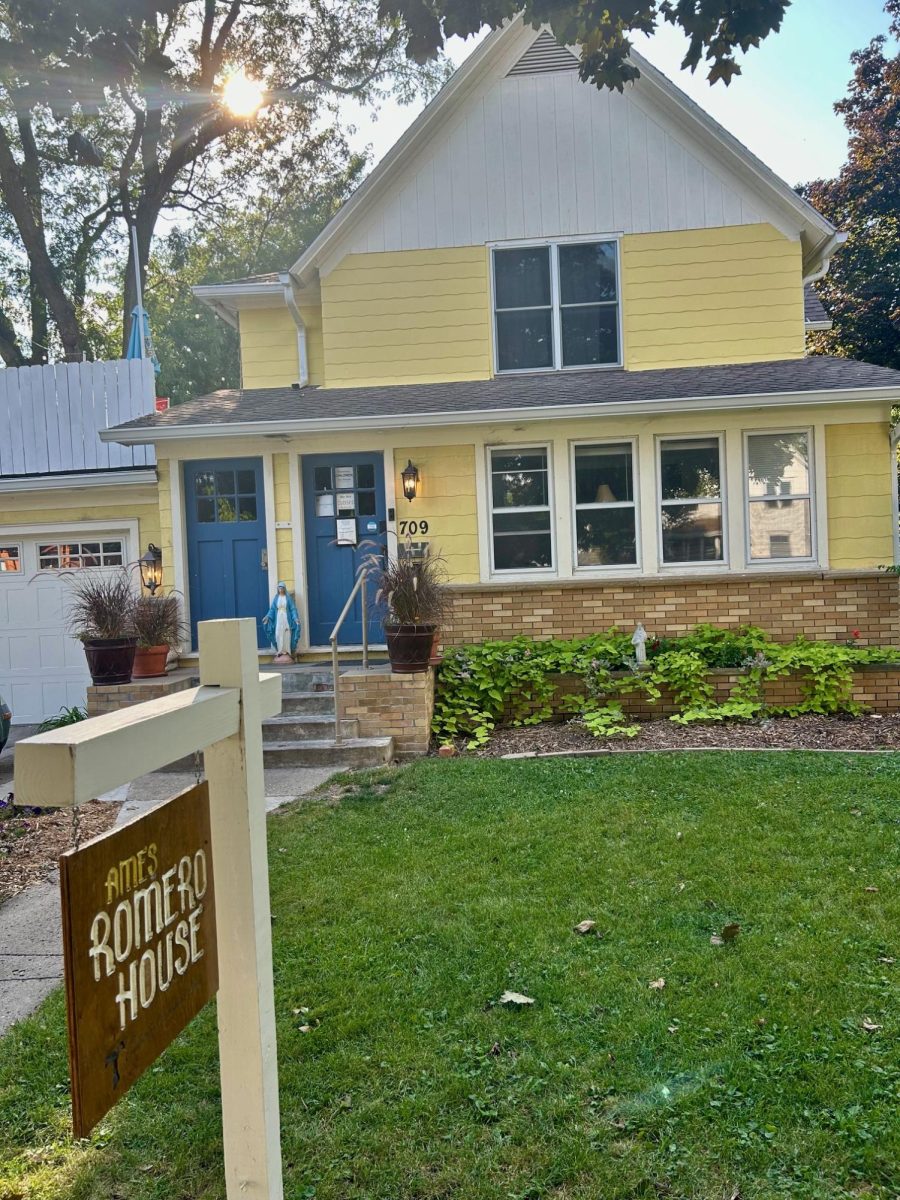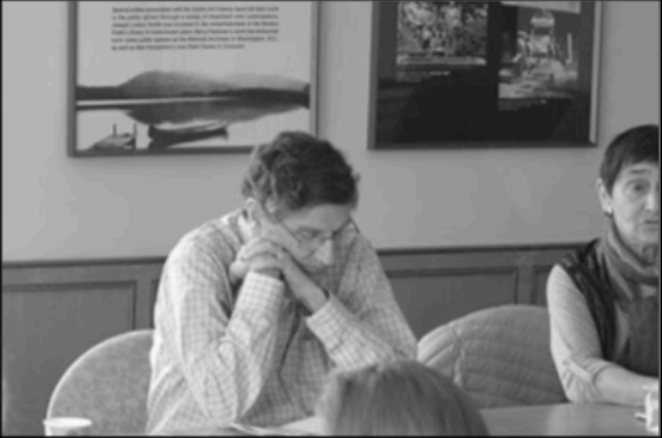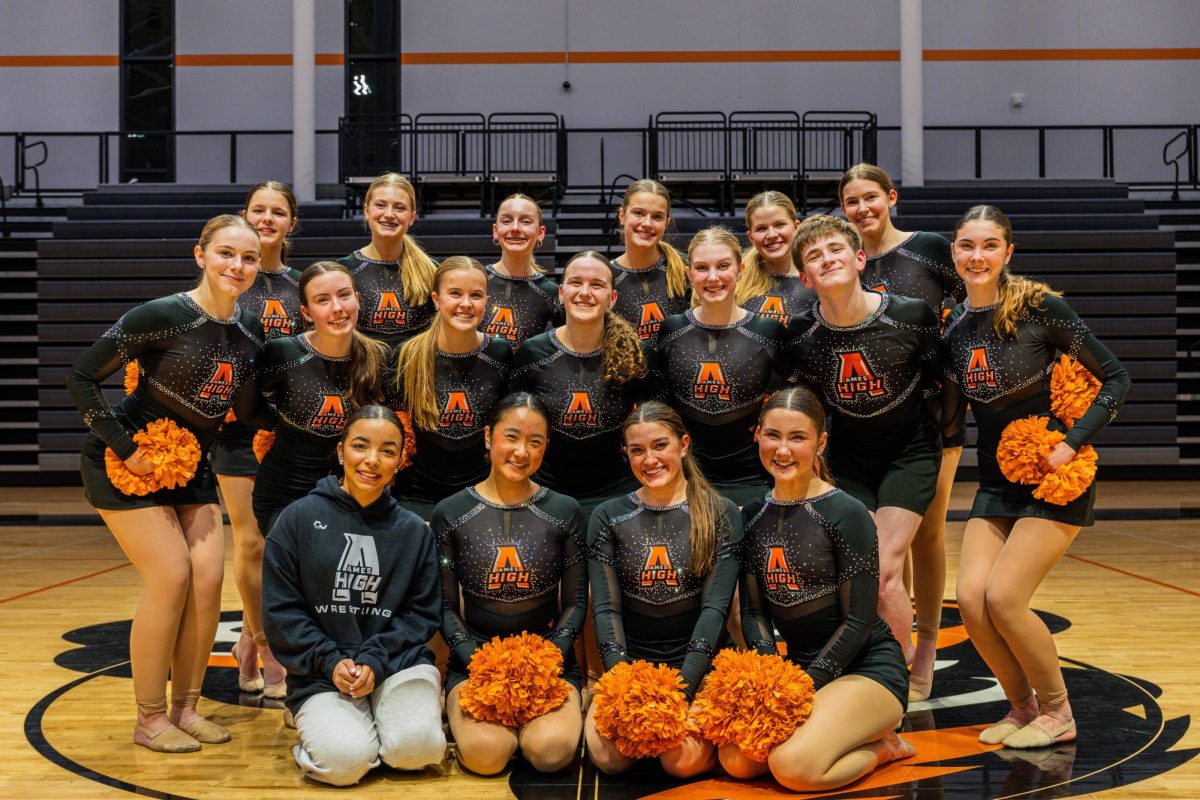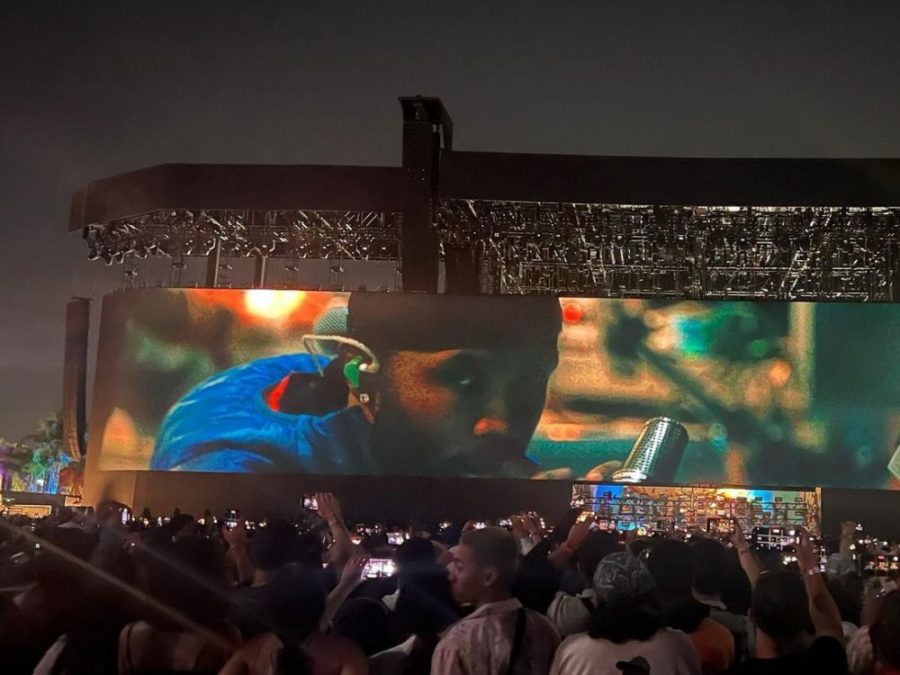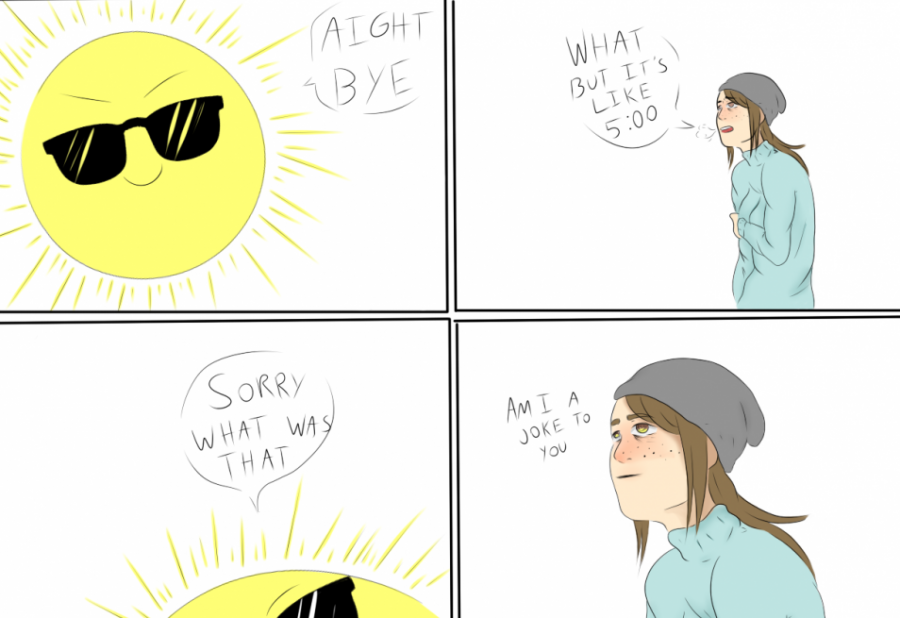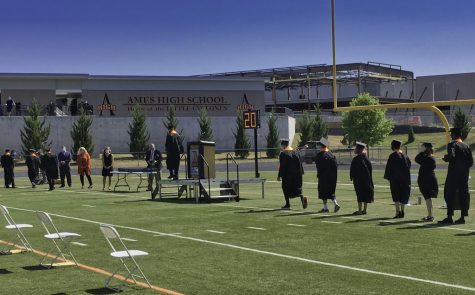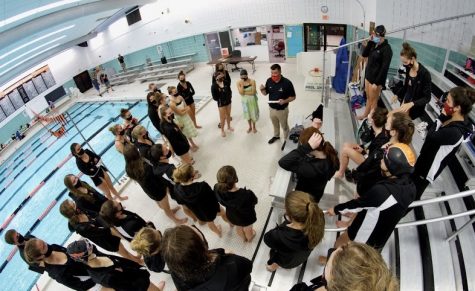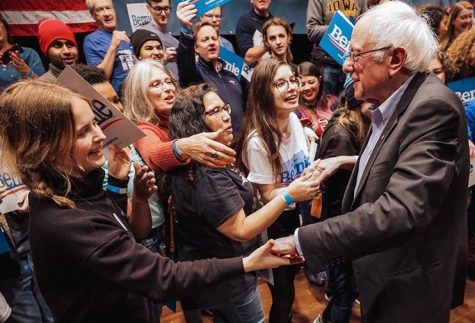Cafeteria Occupation
On Thursday, October 20, a student movement nicknamed “Occupy Cafeteria” was scheduled to flood the cafeteria, which is rated to hold 696 people, and the junior-senior room in protest of the anti-food policies that keep them from eating in their favorite teachers’ rooms.
“Winter is coming and we need Spence to allow us to eat in teachers’ rooms,” junior Kashaan Merchant said. “1% of the school decides where we eat. We are the 99%!”
A facebook group created for the protest reported that, just before the occupation began, of the 834 students invited,191 were registered as attending, 616 had not replied, 12 were maybe attending, and only 15 people said that they were not attending. During fourth period, just before the first lunch start of the occupation, an announcement from Principal Evans warned students that such actions would be met with a revised schedule that would have three lunch periods instead of two, shorter passing periods to make up for lost time, and a cancellation of open campus privileges for upperclassmen.
“We could easily do it, and, in fact, we have a schedule ready to go,” Mr. Evans said. “If everybody in the school decided they were going to eat in the cafeteria to make a point, it is easy for me to change the schedule around to make a point to say that we can provide a place for you to sit.”
Many students were surprised by the administration’s reaction to people simply eating in the lunch room.
“It’s a sticky situation,” junior Melissa Frana said. “They say that we should eat in the cafeteria, courtyard, or leave, but they get mad when we eat in the cafeteria. They are contradicting themselves.”
”If it was a matter of showing us how many people we need to seat, then that’s fine,” Evans said. “However, if it was a point of seeing us scrambling and proving a point, then that’s different because we are just trying to make sure that everyone has a seat to eat that wants to eat at school.”
While the administration’s response deterred several students from being a part of the occupation, the junior-senior room was still packed, and most students were inclined to sit on the floor. Toward the end of the lunch period, Principal Evans came to the junior-senior room, thanked the students for coming, and promised that there would be more tables and chairs for them the following day.
“I counted about 32 people that were on the floor, and we added 45 more seats [in the junior-senior room],” Evans said. “What actually impressed me the most was that after second lunch, the junior-senior room was as clean as it’s been all year. If we could keep things clean, we wouldn’t have this problem. It is a lot of “help me help you.” Keep an area clean and we don’t have a problem.”
Many students still find it hard to let old habits and memories of lunches gone by pass into history.
“There’s no where to eat,” senior Philip Shaw said. “I just want to eat somewhere.”
The administration, however, is optimistic about the future of upperclassmen lunches.
“We have thought about using the multi-purpose room near the library. For example, there is the coffee house in there, and we hope to have more things like that,” Evans said. “I’m willing to work with the students to figure out a space that we can use and also keep clean.”
Your donation will support the student journalists of Ames High School, and Iowa needs student journalists. Your contribution will allow us to cover our annual website hosting costs.

